Top 10 web project management tips for development projects
1. Set your goals
Websites are rarely made to simply be a brochure anymore. Even marketing websites have multi-layer approaches to user experience to ensure people receive tailored information. With that in mind, setting project goals with your team is the first - and most important - thing you can do. These goals dictate the scope, design and development, ultimately deciding whether the project is successful or not.
Spend time with your team aligning your goals to ensure everything is covered. If you enter into the project with a singular goal (i.e. to sell more shirts) then you probably haven’t invested enough time into this step. Have you considered how important the content management system (CMS) is to your team, and how much time you do/don’t want to allocate to it? Is refreshing the voice or content on your site a priority? Are you wanting to increase blog views and create more blog posts or up your subscription rate? Time spent researching what’s really important within your project will create a positive trickle-down effect throughout the entire process from the start until you complete the project.
2. Understand required integrations
The third-party integrations you need to add to your website can sometimes be the elephant in the room. The worst thing you can ever say in relation to an integration is: “We’ll just figure it out.” If anyone on your team says this stop whatever you’re doing and address whatever "it" is, or set a plan to do so as soon as possible. Even the most straightforward integrations can have unexpected consequences to the timeline and scope.
Determine the required integrations during the discovery phase of the website design process. Explore each one to determine its compatibility with the overall process and seek out any red flags they may cause. It’s also important to consider what limitations or opportunities they add to the overall project in terms of design and expected functionalities. You don’t want to discover during development that the chatbot you signed a year-long contract for isn’t supported by the website's platform. Understanding the required integrations for your website upfront will help keep your project on track.
3. Set clear responsibilities
Website development requires many steps - and a variety of expertise - as you move from discovery to design to development. Once you’ve created your team of key stakeholders, designers, website developers and copywriters, schedule a kick-off meeting with everyone involved to begin the project on the right foot. It’s important the project begins with everyone aligned on their responsibilities, as well as when and where they will engage in the process. You can document this by creating a RACI chart, spreadsheet, or document outlining everyone’s name, roles and responsibilities. If doing the latter, include details like contact information and time zones that can be referenced along the way.
4. Create a hub for organizing everything
If you’re following even half of these tips you’re going to end up with lots of documentation, in addition to the many files that accompany these types of projects. Documentation is only useful if it's organized and easy to locate. Find a tool that allows subfolders and can house multiple kinds of assets (i.e. Google Drive or Dropbox). Visit this hub on a weekly basis to organize folders as new documentation is created, allowing easy navigation by any member of the team.
If you’re using Trello or JIRA utilize quick links to the documentation stored in this hub, or create a shared document with quick links to store things like wireframes, designs and notes. This allows for easy access throughout the entirety of the project. What is important to the design team may not be to the development team, so creating multiple versions of this might be necessary.
5. Set CMS and functionality expectations during discovery and design
A website is much more than a pretty, interactive picture. It has goals to meet and needs to work for your team - not against it. Setting CMS and functionality expectations well before the development phase will ensure the final product is everything you hoped for. Determine what options you need the CMS to provide you, such as having the ability to insert links in a text field, or having both right and left justification on that text overlay. For functionality, understanding how a design is to be interpreted is critical. Is a block supposed to animate or hover, or what is the default order for a blog listing page?
Both of these pieces will likely be in flux during the early part of your project, so it’s important to set a documentation method to record and tweak these during the process. If you wait until the end to try to capture these it becomes overwhelming, and things will inevitably get missed. It’s also important to share expectations with the entire team to ensure your goals are both attainable and being fulfilled along the way. These two pieces are key to making sure there aren’t any unwanted surprises during QA.
6. Transparency in communication
A website development project can have many cooks in the kitchen, and it’s easy for each micro team to become siloed. As a successful project manager, it’s imperative to keep communication flows open between the discovery, design and development teams throughout the process. Decisions made in discovery will have a significant impact on development and should be made with everyone’s input considered. As designers create ideas for functionalities or animations, include the front end developers to help brainstorm as they may offer solutions to bring their ideas to life. Open communication and problem-solving between the designers and developers will help ensure everything remains within scope, allowing each team to flag issues before it’s too late.
7. Clean design handovers
A thorough and well-prepared design handover is the best way to ensure that the site you see in QA is the site you envisioned in design. Our ‘How to provide a successful design handover’ resource is a must-read when creating a bulletproof checklist for your design handovers.
8. Stick to the plan
Successful website launches are carefully planned from the onset and executed exactly as planned in discovery. Website projects are fraught with opportunities to derail, and it’s your job as the project manager to ensure everyone stays focused and on course. Between the visions of your stakeholders, designers and developers it's easy to add additional features and functionalities and make continual design changes throughout the process. Be sure your teams stick to the agreed-upon number of revisions and always get revision approvals in writing.
For team members that find this too constricting there is another way to communicate this information that may feel more natural. A website by nature is evolutionary and meant to be iterated upon. Your initial website launch is getting your product out in the public eye. The second it launches it’s prime for iterations. As your team develops new ideas record these in a 'Phase II' document. This allows everyone to be heard and ensures no good idea gets ignored throughout the rush of the process. Once the site is launched the team can reconvene on these items to prioritize and plan their execution.
9. Plan for QA
When you begin a website project the Quality Assurance (QA) phase feels incredibly far away and becomes an easy afterthought. QA is one of the most important phases of the project and becomes easily derailed by a lack of planning. This phase should involve your key stakeholders and decision-makers, as well as anyone else vested in testing the site's expected functionalities. These people typically have very busy schedules and will need advanced notice to allocate an adequate amount of time in QA so no detail is missed.
When scheduling the timeline during discovery set benchmarks for QA, and alert your testers so they can schedule a time to participate in QA. Choose a QA tool that best fits your team’s work style. Some people prefer a web based QA project management tool - like Bugherd or Pastel - while others prefer a spreadsheet. Whatever the case, there is a lot of web project management software out there to choose from. We also recommend providing checklists to ensure they’re testing only what's needed so they don’t feel overwhelmed.
Our ‘How to launch high-quality web projects’ resource explores QA in-depth, setting you up to create a valuable checklist before entering this stage.
10. Speak human to everyone involved
Website projects are not easy, but it doesn’t mean they can’t be fun, creative and rewarding. Things will inevitably arise that create bumps along the way, such as personal issues and differences of opinion. Understand the team is made up of humans dealing with their own personal and professional stressors, and make it your mission to keep everyone positive and in communication. Remind everyone of the important partnerships created along the way, and keep the eye on the prize of collaborating to create something awesome.
Further reading
-

Craft 5 Released
-

Ten years of Good Work
-

Expanding our services: Introducing ‘Friends of Good Work’
-
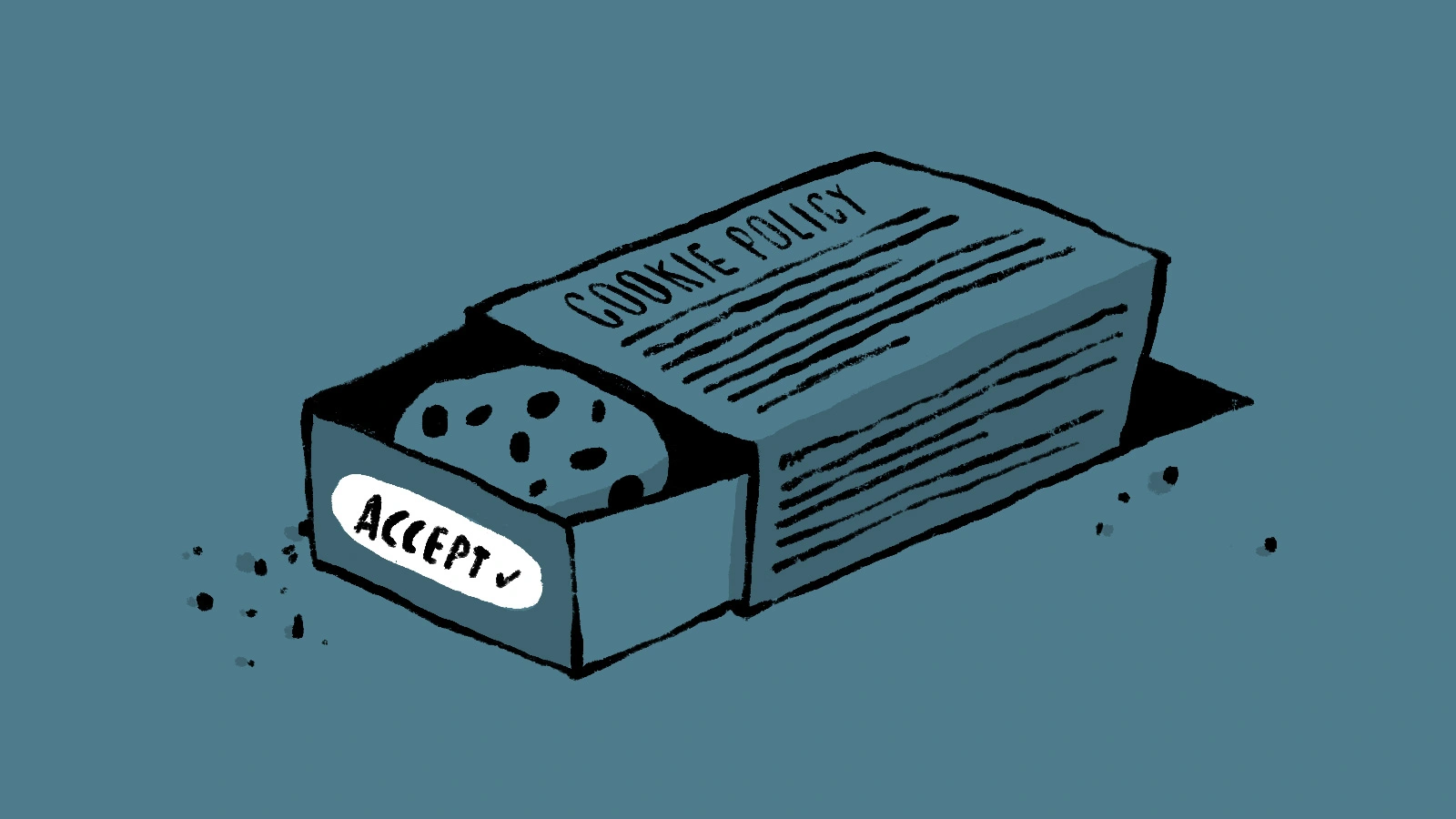
How to master GDPR and CCPA compliance: a step-by-step guide to handling website cookies
-
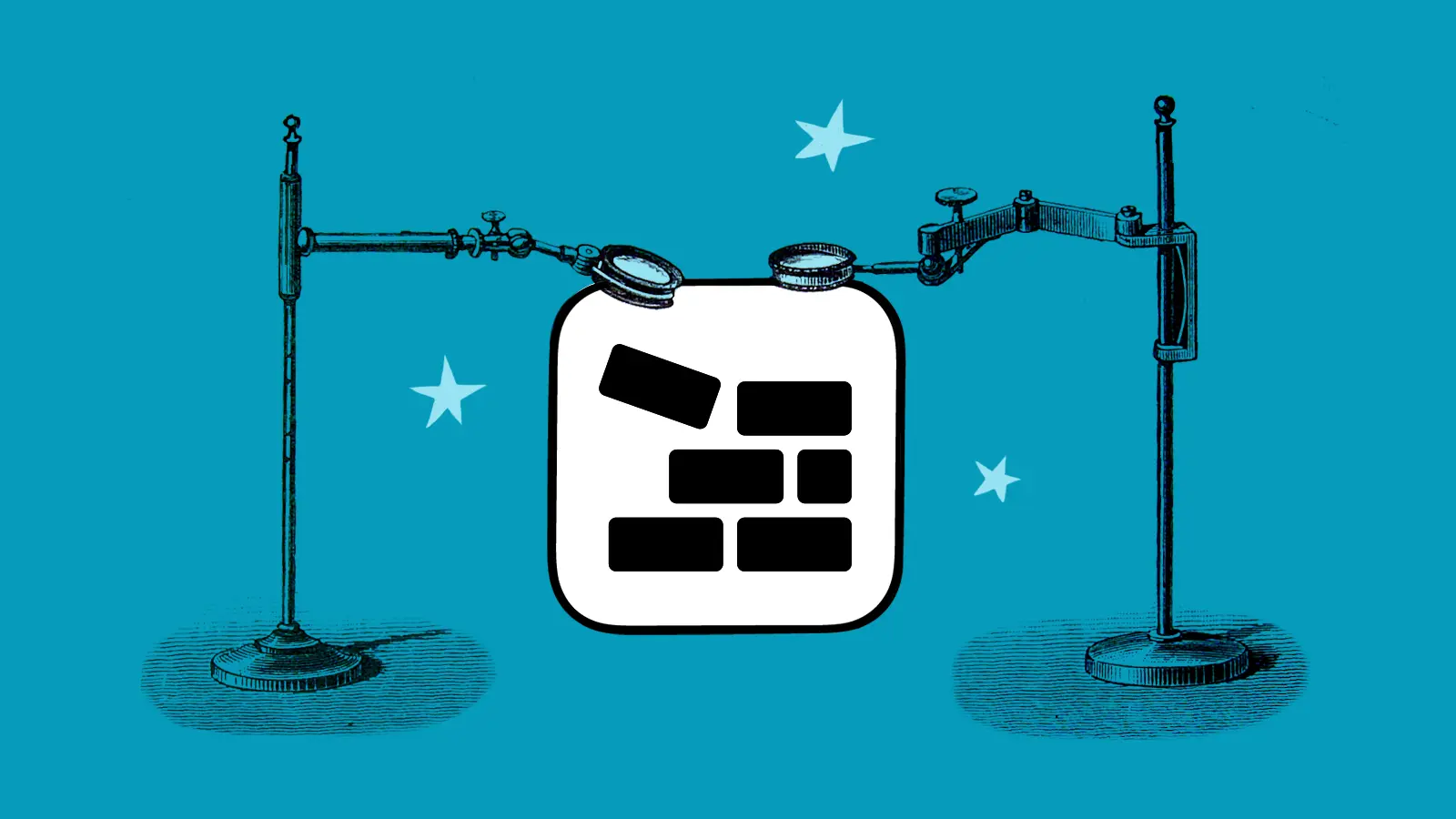
Block Usage plugin for Craft CMS 3 and 4
-
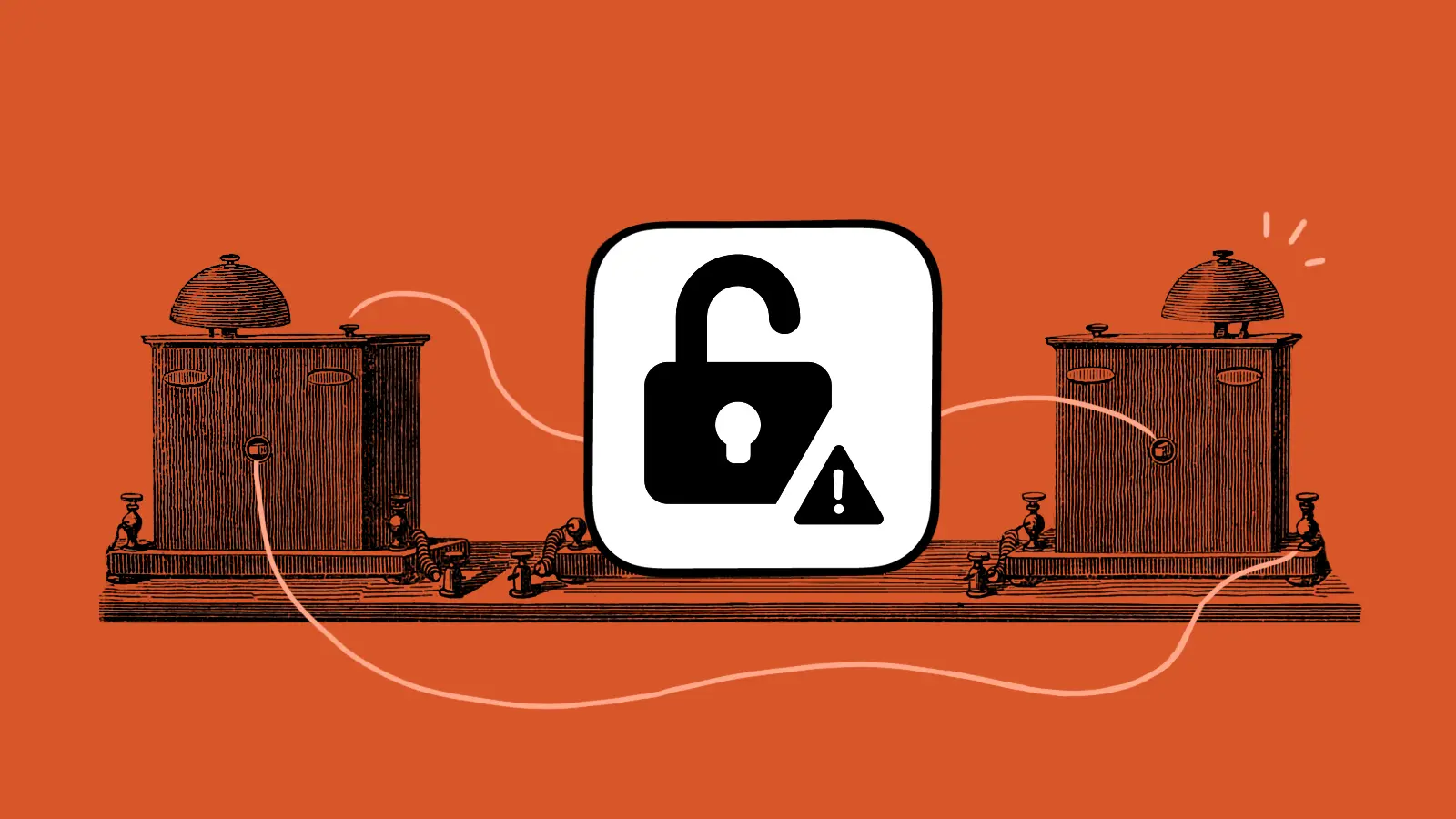
Nag plugin for Craft CMS 3 and 4
-

Three reasons most digital projects get derailed (and why yours doesn’t have to)
-

Good Work leads to a good life
-

Update Craft CMS 3 to 4
-
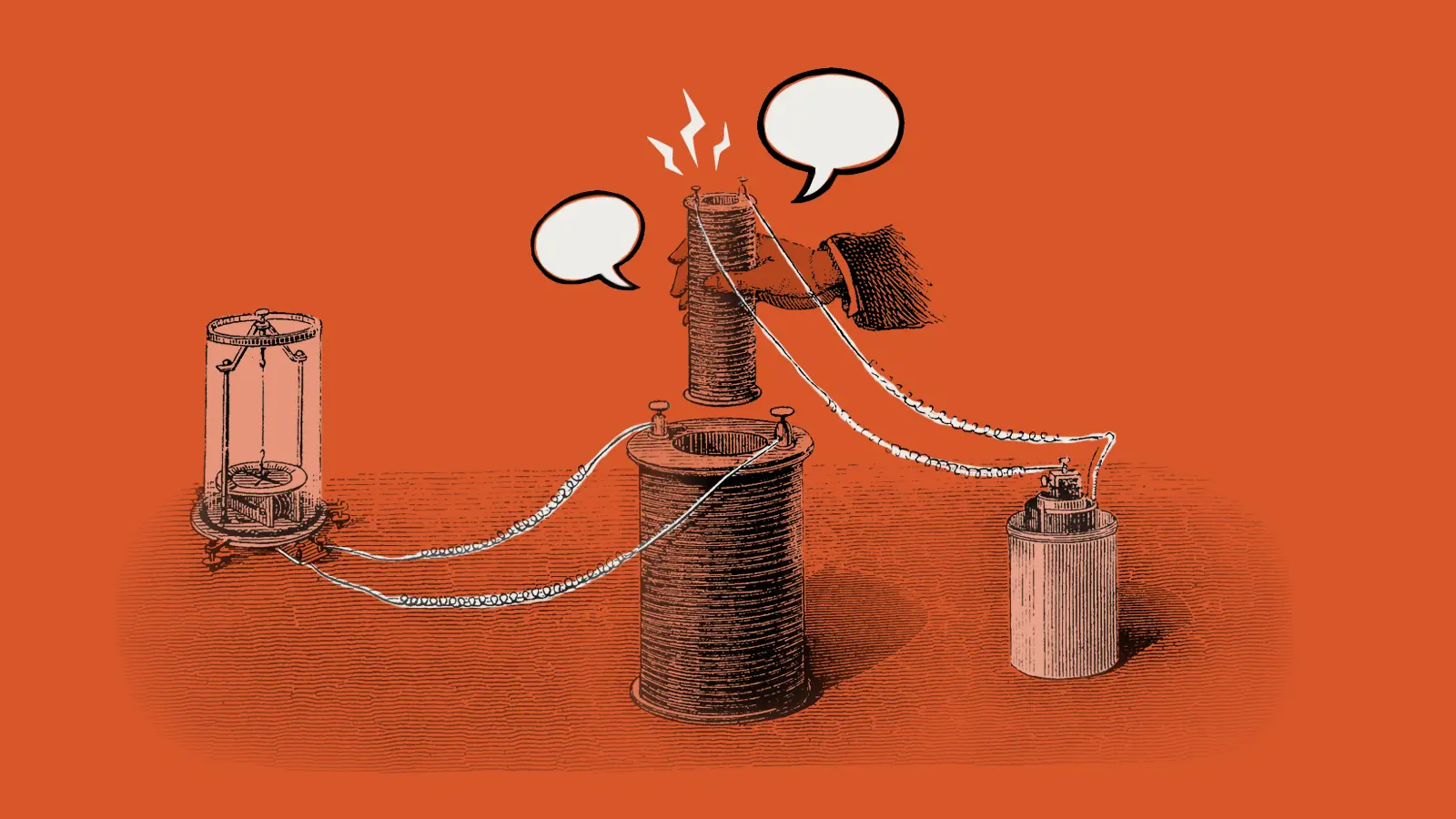
Three things your project manager should be doing for you (but probably isn’t)
-

Eight lessons learned from eight years of Good Work
-

Putting the puzzle pieces together
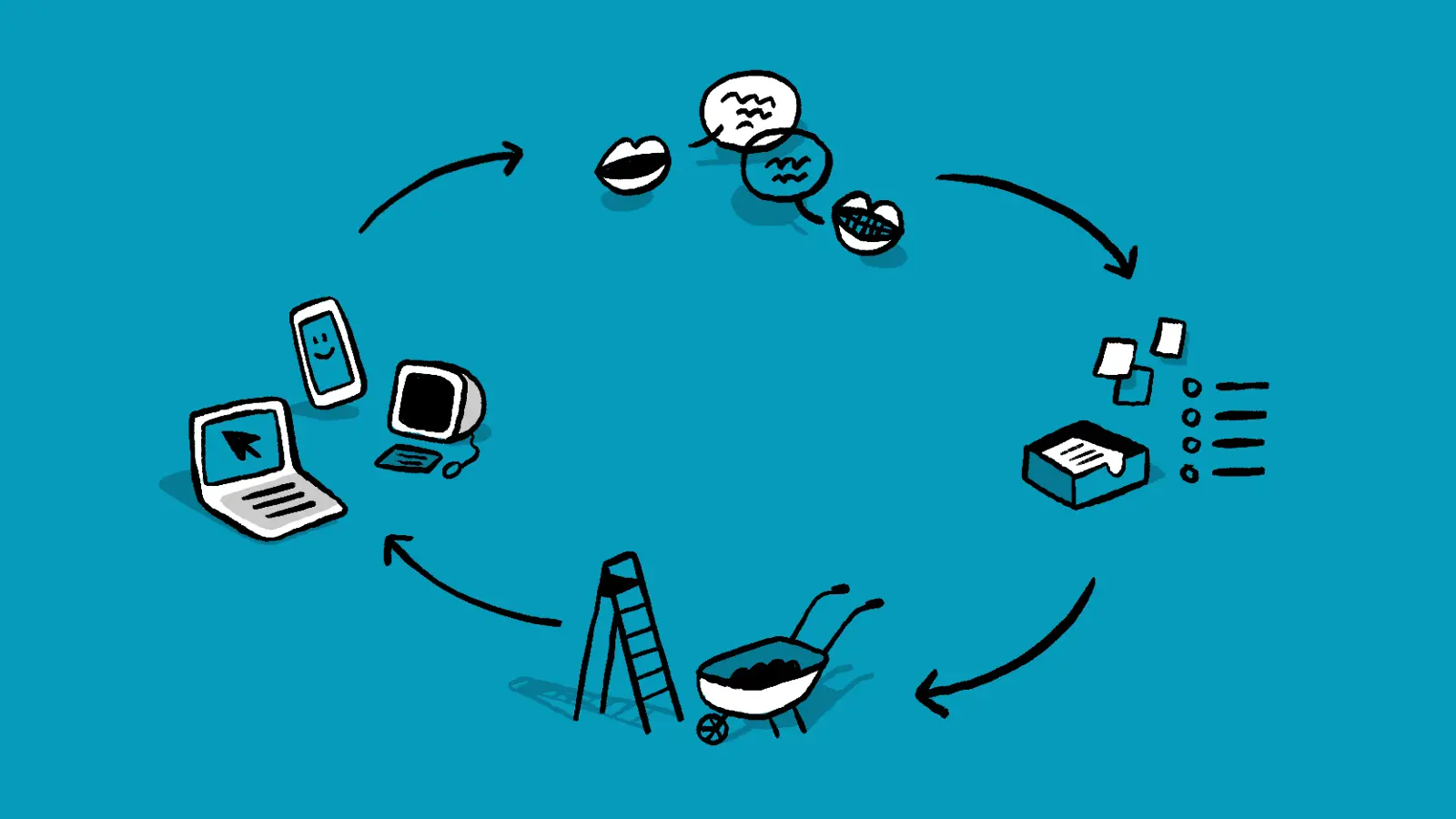
 By Ariel, 1 May 2019
By Ariel, 1 May 2019
 By Chris, 1 Apr 2024
By Chris, 1 Apr 2024
 By Garrett, 4 Mar 2024
By Garrett, 4 Mar 2024
 By Ant, 23 Feb 2023
By Ant, 23 Feb 2023
 By Katie, 7 Dec 2022
By Katie, 7 Dec 2022